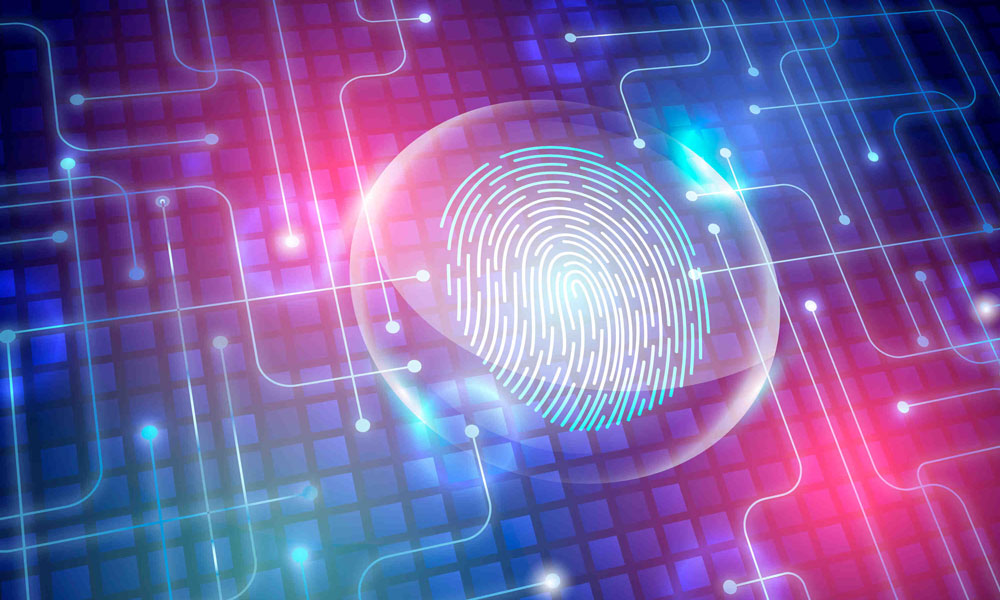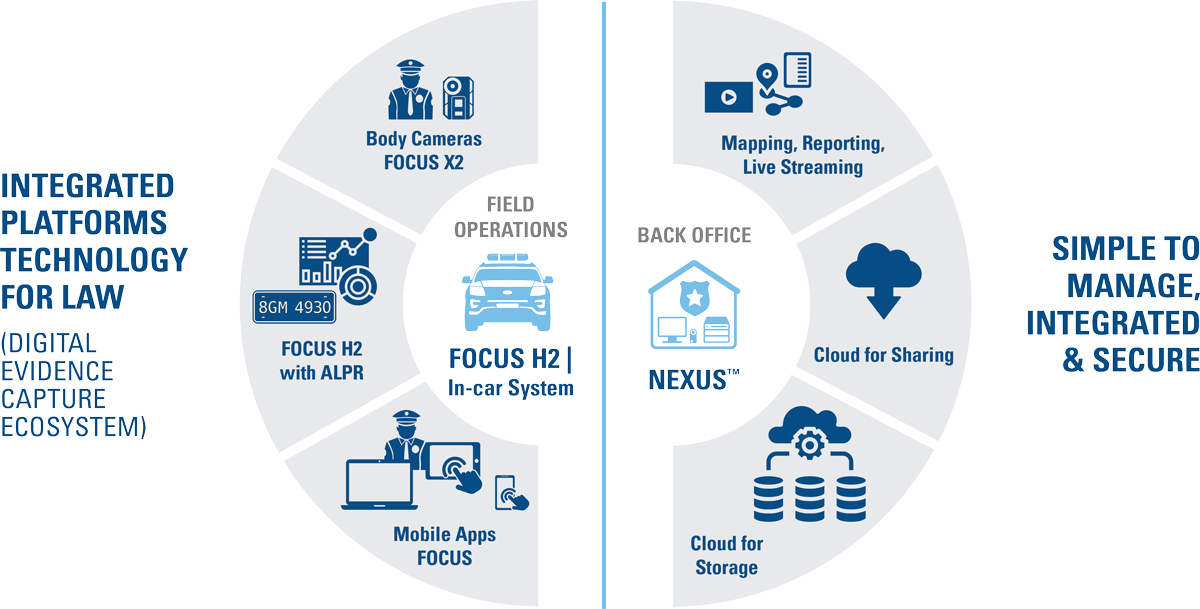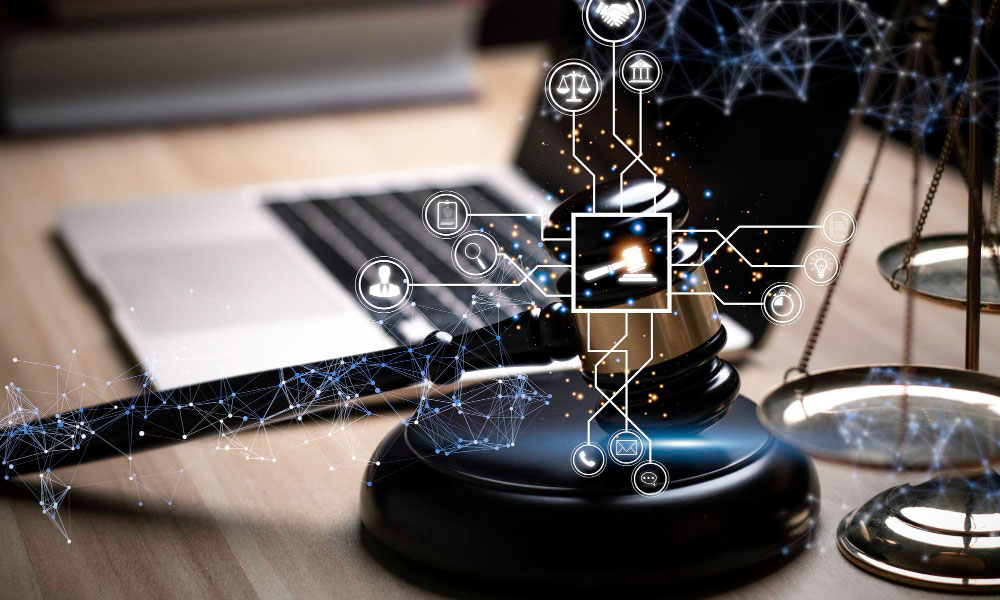5 Ways Digital Evidence Helps Vulnerable Populations
In recent years, the role of digital evidence in law enforcement has grown significantly. This is especially true when addressing crimes against vulnerable populations, who face a distinct set of challenges and barriers that require thoughtful consideration. Policing these groups demands a specialized approach, as individuals within them often grapple with obstacles like fear, trauma, or social stigma, making their pursuit of justice and protection more complex.
Digital evidence becomes a crucial tool, providing a sensitive means to understand, investigate, and ultimately navigate the intricacies of crimes against vulnerable populations.
Who is considered a “Vulnerable Population”?
The term “Vulnerable Population” refers to individuals at a higher risk of experiencing adverse social, economic, or health outcomes due to various factors that make them more susceptible to harm or disadvantage.
It is crucial for law enforcement agencies and other service providers to recognize the specific vulnerabilities faced by these populations and implement solutions that help to address their unique needs, protect their rights, and ensure their safety and well-being.
Digital Evidence

Digital evidence refers to any information or data captured, generated, stored, transmitted, and processed via electronic devices that can serve as evidence during legal proceedings.
Examples include:
- Email, text messages, chat transcripts.
- Social Media Content.
- Digital video and images.
- Digital Audio Recordings.
- GPS / Location Data.
This evidence offers a powerful tool to aid law enforcement agencies in understanding, investigating, and ultimately addressing crimes committed against vulnerable populations.
How Digital Evidence Helps Vulnerable Population
While any type of evidence clearly helps anyone, including individuals considered part of vulnerable populations, digital evidence offers unique advantages such as:
- Amplifying the Voices of the Vulnerable:
Vulnerable populations, such as victims of domestic violence, human trafficking, or hate crimes, often face difficulties in expressing their experiences due to fear, trauma, or other factors. Digital evidence, including text messages, social media posts, or emails, can provide crucial insights into the circumstances surrounding these incidents.
Such evidence can act as a voice for the voiceless, helping law enforcement professionals better understand the context and support victims in their quest for justice. - Strengthening Investigations and Prosecutions:
Digital evidence has revolutionized the investigative process, providing law enforcement agencies with a mountain of information. By examining digital footprints, authorities can reconstruct timelines, identify potential suspects, establish motives, and link evidence to criminal activities.
In cases involving vulnerable populations, digital evidence can often be the key to successfully prosecuting perpetrators who may exploit their victims’ vulnerabilities. - Breaking the Cycle of Abuse:
One of the primary goals of policing vulnerable populations is to break the cycle of abuse and prevent further victimization.
Digital evidence plays a crucial role in this endeavor by providing early detection and intervention opportunities. For example, patterns of abusive behavior can be identified through social media interactions or digital communications. By recognizing these red flags, law enforcement can take proactive measures to protect potential victims and prevent further harm. - Supporting Collaboration and Multi-Agency Efforts:
The complexities surrounding crimes against vulnerable populations often require collaboration among various agencies, such as law enforcement, social services, and healthcare professionals.
Digital evidence serves as a common thread that connects these entities, facilitating information sharing and enhancing cooperation. By harnessing the power of digital evidence, agencies can develop comprehensive strategies to address the specific needs of vulnerable populations, resulting in more effective and coordinated responses. - Ensuring Accountability and Dismantling Prejudice:
A lot of times, crimes against vulnerable populations stem from prejudice, discrimination, or systemic biases.
Digital evidence can help unmask such prejudices and biases, helping to identify and apprehend offenders. Additionally, digital evidence can be used as strong proof in court, making sure that those who commit crimes against vulnerable populations are held accountable, and preventing the belief that they can get away with it unpunished.
Digital evidence is crucial for police when helping vulnerable people. It helps them listen to the vulnerable, investigate better, stop abuse, work together, and make sure the guilty are held accountable.
As technology gets better, the need to use digital evidence to help and protect those who need it the most becomes a MUST.
The Safe Fleet Digital Evidence Capture Ecosystem: A Game-Changer

In this dynamic landscape, our Digital Evidence Capture Ecosystem emerges as a comprehensive solution that links the officer’s operations with the back office, seamlessly integrating:
- FOCUS H2 In-Car Systems:
- FOCUS H2 with ALPR: Witness the redefinition of police dash cam video with real-time alerts, license plate recognition, and person-of-interest alerts.
- FOCUS X2 Body Cameras: Step into the world of unbiased views, enhancing officer safety and providing a comprehensive understanding of critical events.
- FOCUS Mobile Apps: Designed for law enforcement professionals on the move, these apps improve accessibility, ensuring quick access to critical information.
- Safe Fleet NEXUS Digital Evidence Manager:
A cloud-based integrated multi-media digital evidence management system that streamlines evidence sharing, increases productivity, and ensures secure data handling.
This unified ecosystem is more than a collection of technologies, it’s a leap forward in law enforcement driven by seamless integration.
This integration means heightened effectiveness by providing real-time insights through ALPR, aiding in swift identification and response. Additionally, the inclusion of body cameras contributes to unbiased, comprehensive visual evidence, enhancing investigative capabilities and promoting officer safety. The streamlined digital evidence management within Safe Fleet Nexus not only ensures data security but also significantly simplifies the user experience. This approach aligns with the evolving needs of communities, emphasizing the importance of prioritizing public safety.
As technology continues to advance, this ecosystem becomes an indispensable tool, ensuring those who need protection the most, receive it effectively.

The Safe Fleet Digital Evidence Capture Ecosystem actively reinforces the commitment to prioritize public safety by aligning cutting-edge technology with the essential values of transparency and community trust. It’s not just about implementing technology; it’s about having the right technology to build trust within communities through transparency. This commitment is especially crucial when considering the protection of vulnerable populations. By providing law enforcement with the right tools to enhance their listening, understanding, and acting with precision, the ecosystem becomes a guardian for those facing unique challenges.
In the delicate balance between vulnerability and security, this ecosystem strengthens the bridge between officers and their communities, ensuring every action taken is rooted in empathy and a shared goal of a safer, more just society.
Learn more about Safe Fleet Law Enforcement solutions and prioritize public safety effectively: https://www.safefleet.net/markets/law-enforcement-military/law-enforcement/




































